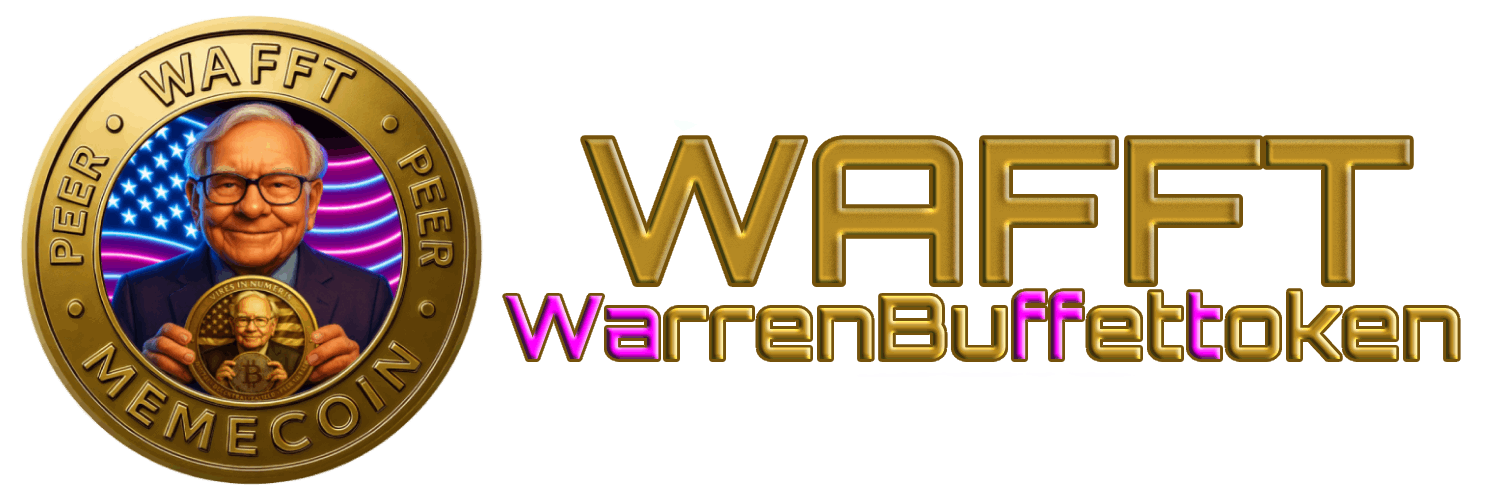Credit:
Let’s explore the exciting world of credit! 🚀💳 You may hear about it every day, but credit has a long history, multiple types, and a huge impact on our lives and the global economy. So get ready to discover how credit can open doors… or close them!
What is Credit? 💳✨
Credit is a financial tool that allows people, companies, or governments to use borrowed money to make a purchase or investment, with the commitment to pay it back in the future, usually with interest. It’s a promise, a trust, a «I’ll lend you today so you can pay me back tomorrow.»
Imagine that you need money for something important (buying a house, starting a business, or paying for an emergency) and you don’t have the cash. In that case, you can ask for a loan. The bank, company, or person that lends you the money trusts that you will keep your word and pay back.
For banks and financial institutions, credit is a form of business: they lend money and earn income through the interest they charge.
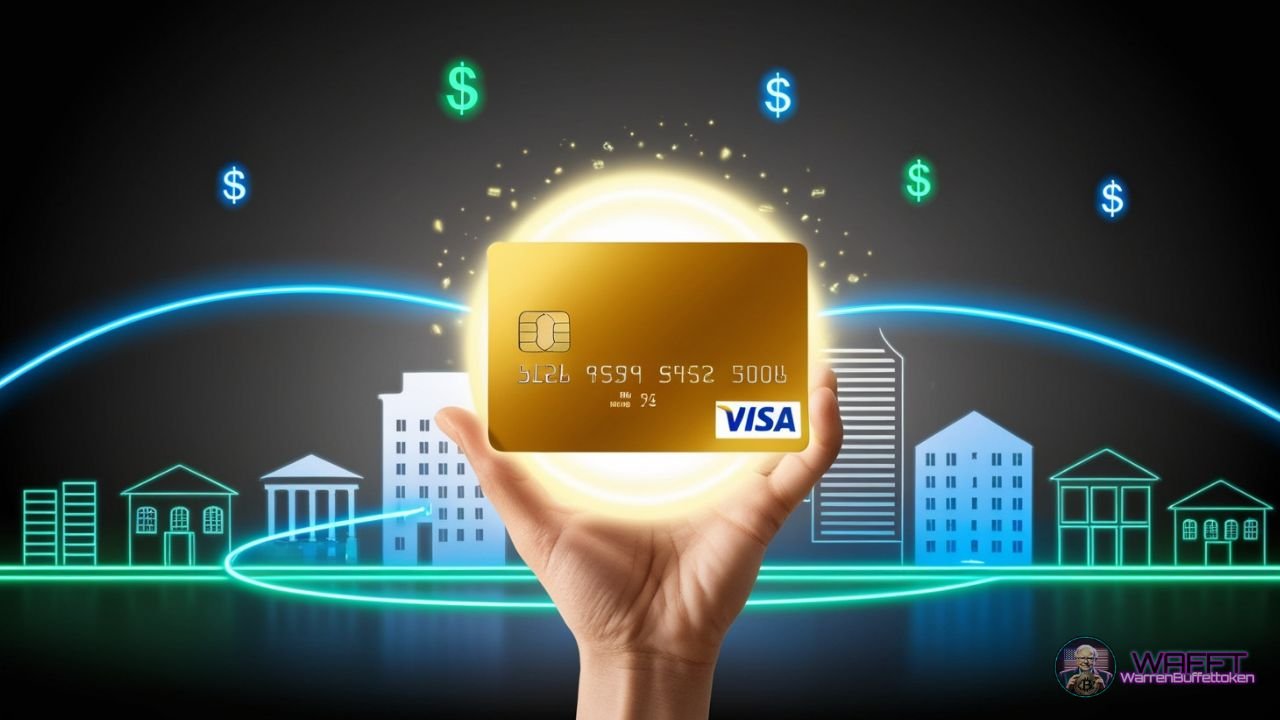
How Does Credit Work? 🤔💳
Credit is a financial tool that allows people and businesses to have access to money they don’t yet have in their pockets to make purchases, investments, or pay for services. Basically, it’s like a trust agreement between the person who lends the money (the creditor, usually a bank or financial institution) and the person who takes it (the debtor) with the commitment to return it later, usually with added interest.
The interest rate varies according to the type of credit, the borrower’s profile and market conditions.
- Low interest: When the borrower has a good credit history or when the economy needs to encourage credit.
- High interest: For borrowers with credit risk, or in times of high inflation.
Basic Terms of Credit 📖
1. Capital: It is the amount of money initially borrowed.
2. Interest: It is the additional cost paid for the use of the money.
Term: The time in which the loan must be paid.
3. Interest rate: It is the percentage that is paid for the money borrowed.
4. Amortization: It is the plan to return the money in installments, dividing the capital and interest into periodic payments.
Why Does Credit Exist? 🏛️
Credit exists because few people or businesses can pay in cash for everything they need or want at the moment. Imagine that you want to buy a house, a car, or start your business. Without credit, you would probably have to save for years to gather the money, while credit allows you to enjoy it immediately and pay the cost in more manageable installments.
For banks and financial institutions, credit is a form of business: they lend money and earn income through the interest they charge.
How is Credit Requested and Granted? 📋
To obtain a loan, there is usually a process that follows these steps:
1. Credit application: The person interested in obtaining a loan fills out an application with their financial and personal information. This information is used to evaluate whether they are a good candidate.
2. Credit profile evaluation: The financial institution reviews the applicant’s credit history, that is, how they have managed their debts in the past. If they have been responsible in paying their debts, they are likely to be granted the loan.
3. Determination of conditions: If the institution approves the loan, it establishes the maximum amount, the interest rate, and the payment term. Here, the interest rate depends on factors such as the client’s profile, the type of loan (mortgage, personal, automotive, etc.), and the risk.
4. Approval and disposition of the loan: Once approved, the money can be given to the applicant to use according to their needs.
What is the Interest Rate? 💸
The interest rate of a loan is one of the most important aspects to consider, as it determines how much you will end up paying for the money borrowed.
Let’s delve into the two main options:
fixed rate and variable rate.
1. Fixed Rate 📉
When a loan has a fixed rate, the interest percentage remains constant throughout the life of the loan. This means that the amount you pay each month (or in each installment, depending on the conditions of the loan) does not change.
Advantages of the fixed rate:
- Predictability: You know exactly how much you will pay in each installment, which makes financial planning easier. It is ideal for those who prefer stability and do not want surprises in their budget.
- Protection against increases in the market: If interest rates in the market rise, you continue paying the same, since your rate does not change.
- Ideal for long-term loans: For loans like mortgages, having a fixed rate protects you from fluctuations in the financial markets for decades.
Disadvantages of a fixed rate:
- Higher initial costs: Fixed rates are usually a little higher at the beginning than variable rates, since lenders include «insurance» to cover themselves if rates rise in the future.
- You lose the advantage of market declines: If the market lowers rates, you won’t be able to take advantage of those reductions; you’ll be tied to the fixed rate set at the beginning.
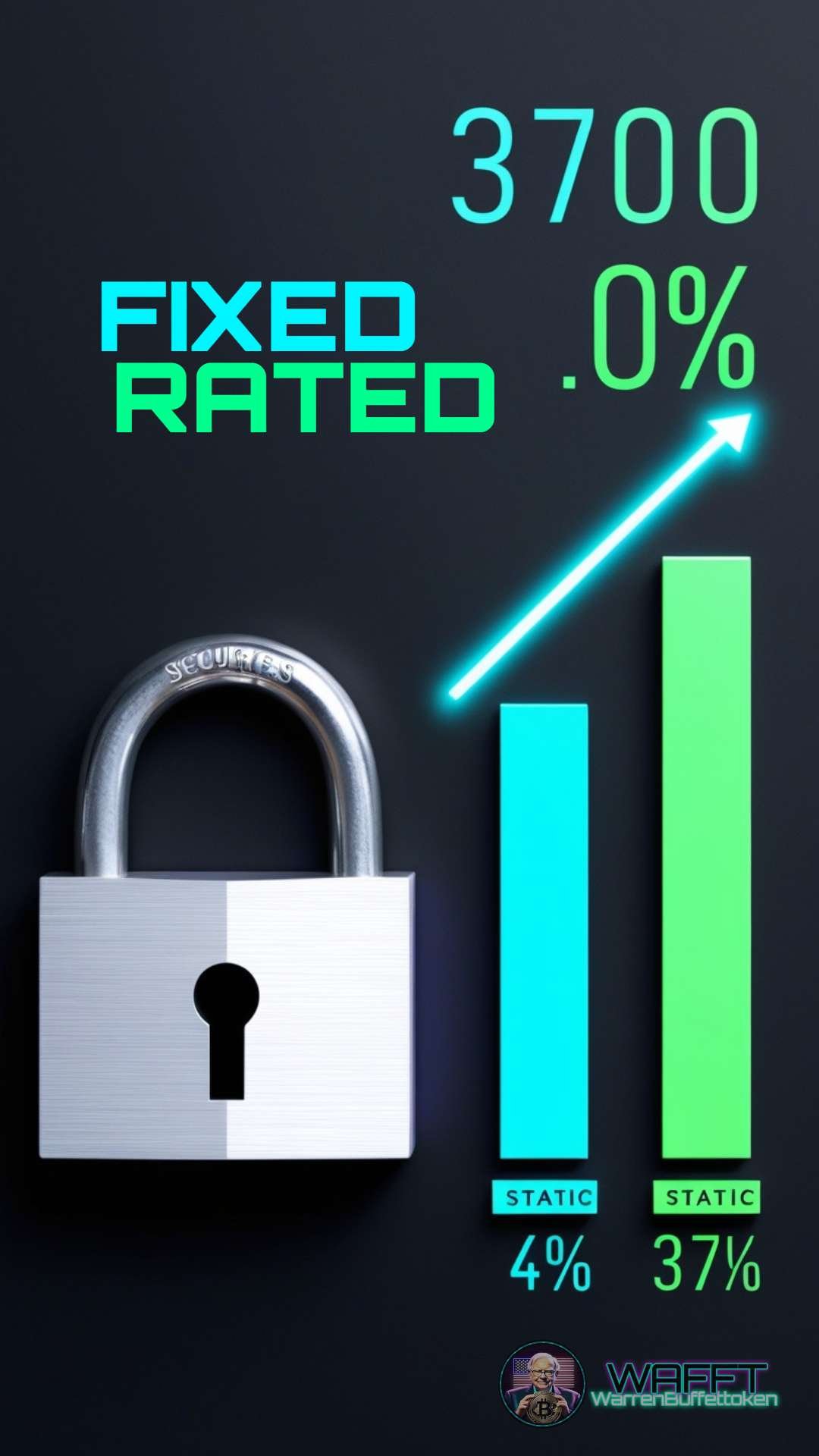
A fixed rate is ideal if you prefer security and stability, even if you pay a little more in interest than a variable rate at the beginning.
2. Variable Rate 📈
A variable rate changes over the term of the loan based on market conditions. This means that interest and payments can increase or decrease over the life of the loan.
Advantages of a variable rate:
- Lower initial payments: Variable rates are usually lower than fixed rates at first, making initial payments more affordable. This is especially attractive for those looking for lighter payments in the early years.
- Ability to take advantage of market downturns: If market interest rates go down, your payments will go down as well, which can result in long-term savings.
Disadvantages of a variable rate:
- Uncertainty: Payments can go up at any time, depending on market performance. This can make it difficult to plan your long-term expenses.
- Increased total cost: If market rates go up significantly, you could end up paying much more than you initially anticipated, which can affect your personal finances.
- Long-term risk: For loans such as long-term mortgages, a variable rate can be risky, as no one can predict with certainty how rates will behave in the future.
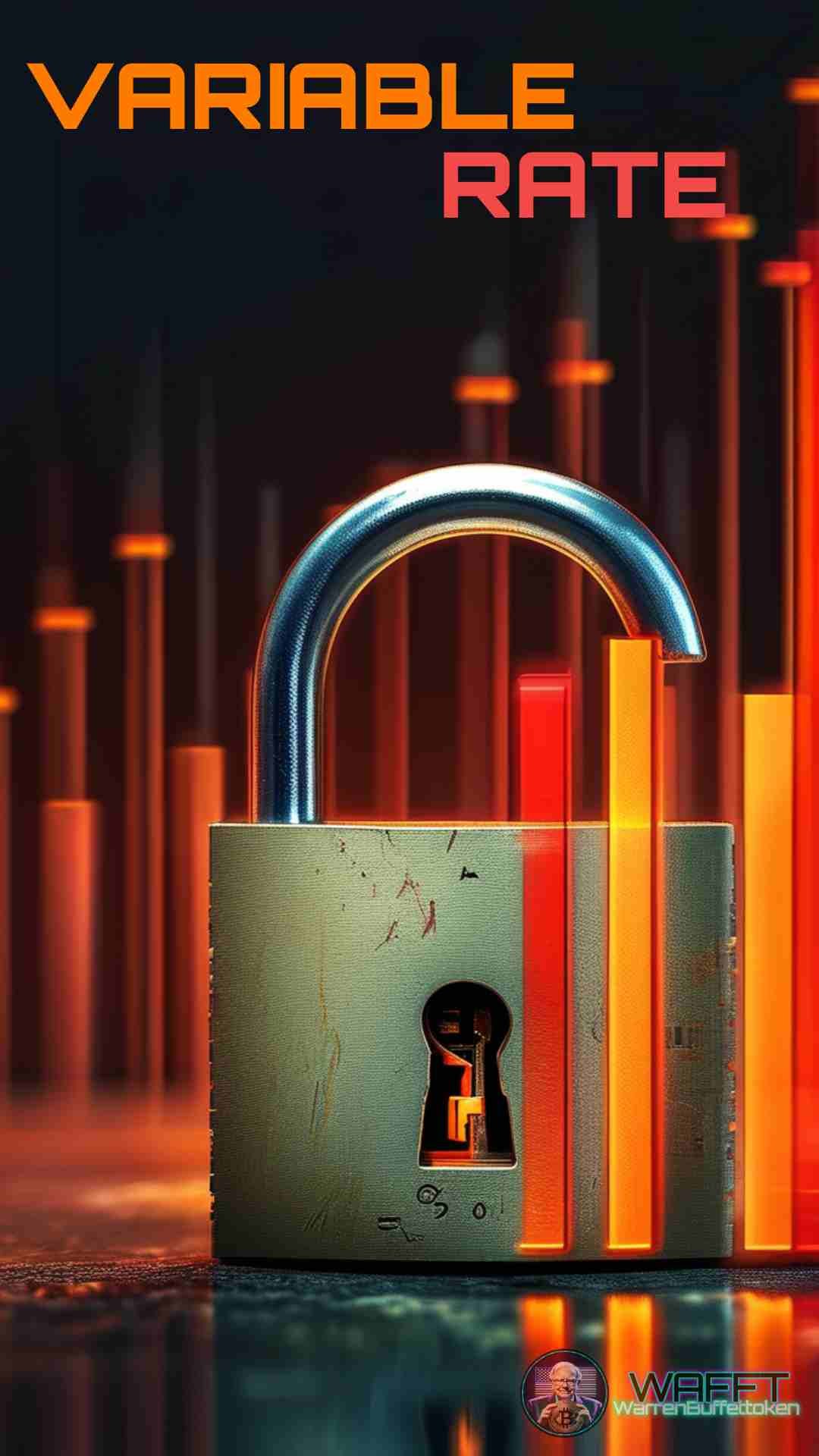
How is a Variable Rate Calculated?🧮
A variable rate is usually based on a benchmark (such as the Euribor in Europe or the Libor in international loans) plus an additional margin set by the bank.
For example, if the Euribor is at 1% and your additional margin is 1.5%, your variable rate will be 2.5%. If the Euribor rises to 2%, your rate will also rise to 3.5%.
Fixed and Variable Rate Application Examples
- Personal Loans or Auto Loans: Typically, consumer and auto loans tend to have a fixed rate, as they are paid back over shorter periods and lenders prefer stability.
- Mortgages and Home Loans: This is where customers often have more choice between a fixed and variable rate. For long-term loans, many people choose a fixed rate to avoid volatility, while others prefer a variable rate to take advantage of potential market declines.
Which is Best for You? 🏦🫵
- You prefer stable, predictable payments: Go with a fixed rate. It’s a safe choice, especially if you’re on a tight budget or don’t want to worry about market changes.
- You have flexibility and can take risks: A variable rate might be right for you if you’re looking for low down payments and trust that market rates will remain stable or decline over the term of your loan.
In the end, the best option will depend on your needs, risk tolerance, and current financial situation.
Advantages of Credit ☑️
1. Facilitates the Purchase of Expensive Goods 🏠🚗: It allows people and companies to access goods and services without having to pay everything at once.
2. Promotes Economic Growth 📈: Companies can finance their expansion, generating employment and production.
3. Encourages Consumption and Trade 🛒: People can acquire goods and services that they otherwise could not, stimulating the market.
4. Improves Access to Education and Health 🏥📚: With student or health loans, people can invest in themselves and their well-being.
Disadvantages of Credit ⚠️
1. High Interest 💸: In some cases, interest rates can make the loan much more expensive than originally thought.
2. Excessive Indebtedness 💳: If left unchecked, the use of credit can lead to overwhelming debt, especially with credit cards.
3. Impact on Credit History 📉: Not paying on time affects your “financial reputation” or credit score, which can make it difficult to obtain future loans.
4. Risk of Loss of Assets 🏠🚗: In mortgage or auto loans, if the loan is not paid, the property or car can be lost.
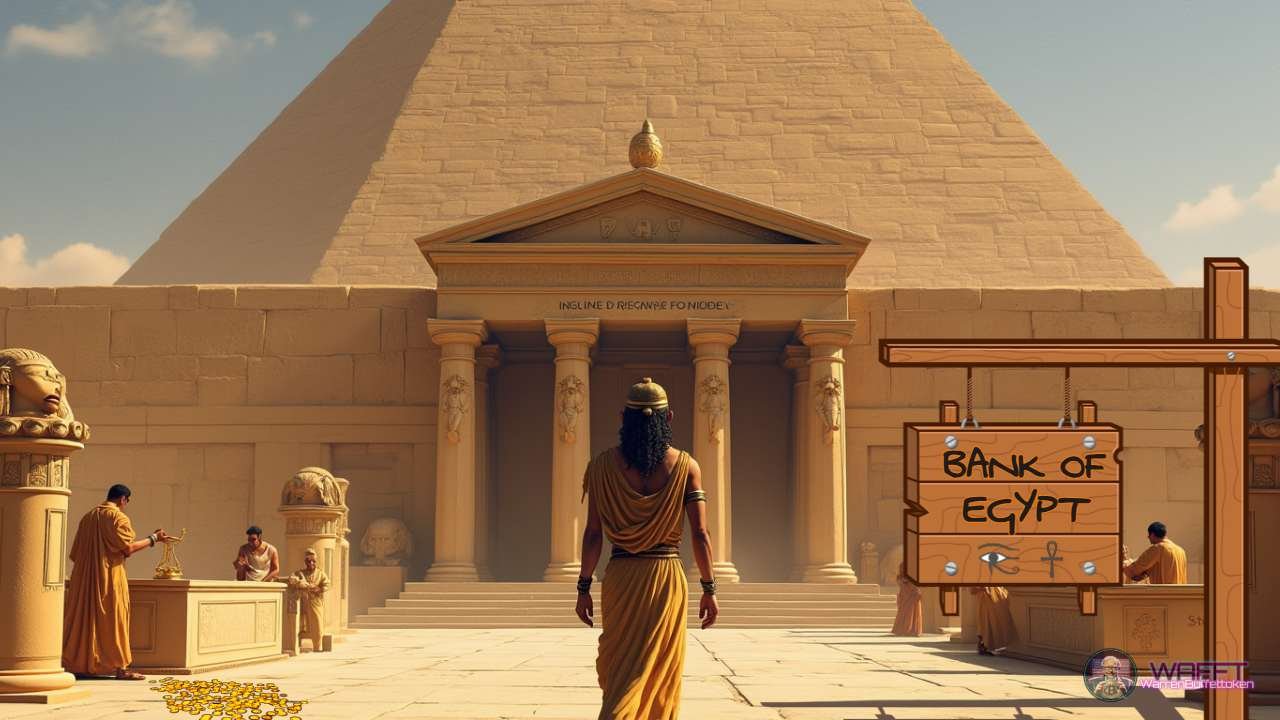
Brief History of Credit 📜
Mesopotamia: The First Loans 🌾🐂
Around 5,000 years ago, in the ancient cities of Mesopotamia (present-day Iraq), it was already customary to lend goods such as grain, livestock or tools. Loans were recorded on clay tablets, something like the first receipts! The idea was simple: the lender delivered goods to the farmer, and the farmer returned them with interest after the harvest 🌱.
Egypt and Greece: Expansion of Trade and Credit 🚤
In the time of Ancient Egypt, credit facilitated the construction of large works and helped merchants finance long expeditions on the Nile and beyond 🌊.
Then, in ancient Greece, merchants took out loans to finance their commercial voyages around the Mediterranean. Here, credit began to be associated with trade and the expansion of empires 🚢.
Middle Ages: The Birth of Modern Credit 🏦
In the Middle Ages, credit began to take on a more structured form in Europe. Merchants in Italian cities like Florence, Venice, and Genoa began to devise more formal credit contracts and create the first banks. This included bills of exchange, which allowed merchants to collect their money in other cities. It was a key innovation for trade, as it avoided the need to transport large amounts of cash 💰.
Renaissance: The Power of Italian Bankers 💼
During the Renaissance, Italian banking families like the Medici in Florence mastered the art of credit in Europe. They created advanced structures for lending money and collecting interest, and even financed kings and popes. These bankers became key figures in the economy and political power of the time, and were the pioneers in offering financial services similar to those of today 🔑.
Industrial Revolution: Credit Drives Growth 🚂
With the arrival of the Industrial Revolution in the 18th century, credit became indispensable to finance new industries and urban expansion. Banks and lenders provided loans to entrepreneurs who wanted to build factories, canals, and railroads. This allowed for massive economic development and large-scale job creation 📈.
This is where commercial credit as we know it began.
20th Century: The Credit Card Makes Its Appearance 💳
The 20th century brought with it one of the greatest innovations in the world of credit: the credit card. The first card was issued in 1950 by the Diners Club company in the United States. At first, it was only used in restaurants and hotels, but it soon evolved to allow for everyday purchases. Over time, other companies such as Visa and Mastercard created cards accessible to the general public, and credit became an everyday tool.
People could now buy all kinds of things without carrying cash! 💸
Digital Age: Credit Just a Click Away 📲💻
Nowadays, credit has reached a new era with digitalization and fintech. Through mobile applications, we can apply for a loan, receive it and pay it from our phone in seconds. Online lending platforms and digital credit cards offer increasingly personalized credit options. In addition, credit has become more inclusive, allowing people without a financial history to access loans through data analysis and innovative risk models 📊🤖.
Today, credit is indispensable in almost all economies, and the ways in which it is offered and used continue to evolve. Without a doubt, credit has been one of the engines of the human economy throughout the centuries, adapting and transforming with each era.
If you want to learn more about the History of Economics, click on the following link:🤩
Key Characters and Moments in the History of Credit 📚⏳
- Antiquity: The first credit systems were already in use in Mesopotamia. More than 4,000 years ago!
- Middle Ages: Italian bankers like the Medici established modern banking concepts.
- John Maynard Keynes (1883-1946) 🧠: The British economist recognized the importance of credit to maintain the flow of consumption and investment in modern economies.
- Alexander Hamilton (1755-1804) 🇺🇸: In the United States, Hamilton promoted the creation of the first national bank, a key movement for credit in the economy.
- Credit Cards 💳 (1950s): The introduction of credit cards revolutionized access to credit for millions of people.
Credit and the Global Economy 🌎💹
Credit is essential to the global economy because it enables investment in new projects, encourages trade, and helps countries meet their needs. During the 2008 financial crisis, the global credit system faltered as banks became reluctant to lend. This affected businesses, countries, and individuals and led to a global recession. Without credit, growth stops, and economies can face serious problems.
How to Maintain a Good Credit History? 📈✨
1. Pay on time 📅: Make sure you cover your payments each month to avoid additional interest and improve your score.
2. Use only the credit you need 💳: Avoid using your credit on unnecessary things. Remember that each credit purchase involves an additional cost.
3. Check your credit report 📄: At least once a year, review your credit history. This allows you to see if there are errors and if you need to improve your situation.
4. Keep your debt level low 💼: Ideally, you should not use more than 30% of your credit limit on cards, as this helps maintain a healthy score.
Conclusion 🎉
Credit is a powerful tool that drives the economy, makes it easier to purchase goods and services, and helps businesses grow. But, like any powerful tool, it must be used carefully and responsibly. Good use of credit opens doors to opportunities, while poor management can lead to financial problems.
Remember, credit is a tool of trust. So, use it wisely, pay on time, and maintain a positive credit history. Your financial future will thank you! 💪💰


